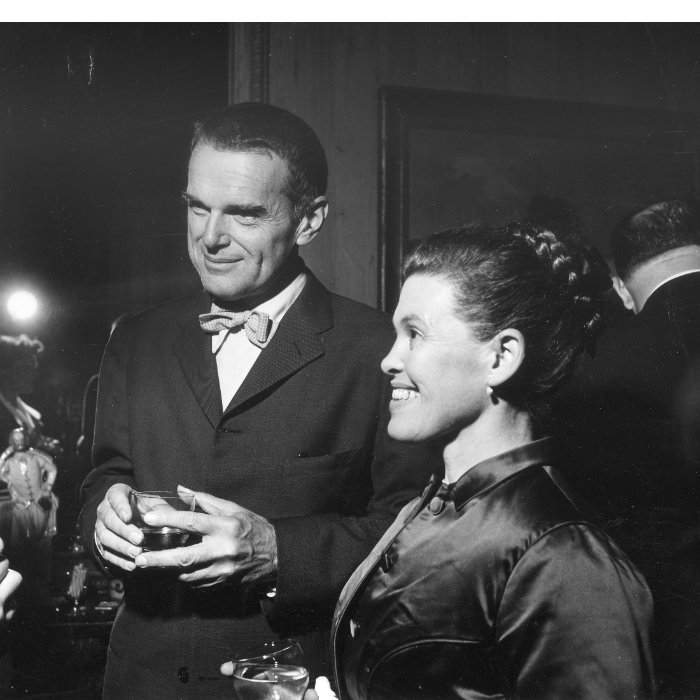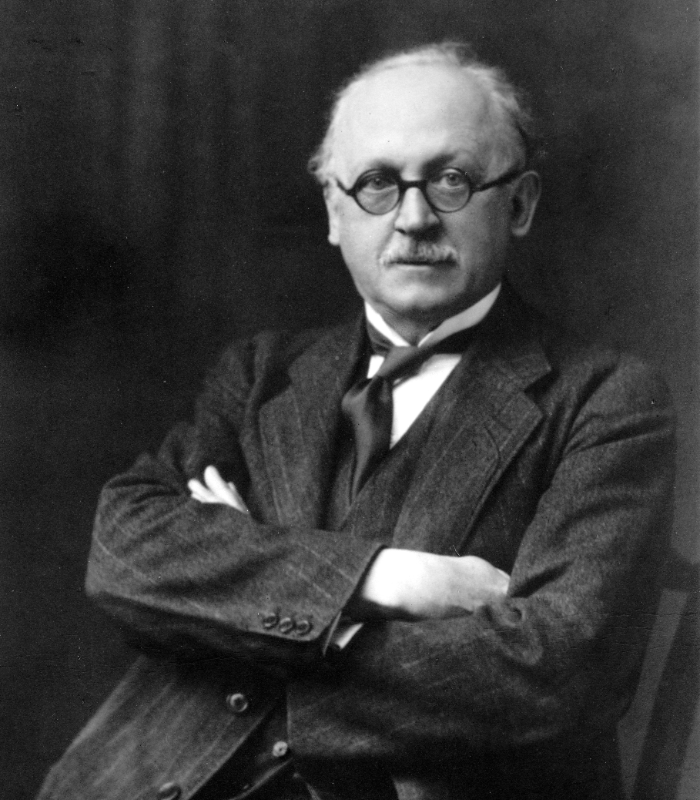Royal roots
RIBA’s royal connection can be traced all the way back to its first President, Earl de Grey, whose network and influence as a Privy Councillor helped secure the Institute’s royal charter in 1837. It was also Earl de Grey who proposed an annual medal for architecture. He wrote to Queen Victoria to ask if she would agree to be the medal’s patron and, apparently, she agreed within three days.

The royal medal was originally going to be the prize in a design competition aimed at young architects, which aimed to "promote the study of Grecian, Roman, and Italian Architecture". Entrants (who had to be aged 25 or under) were set the challenge of designing a building for RIBA. The brief stipulated that the design should incorporate meeting rooms, a library, exhibition space, and residences for the Secretary (as the chief executive equivalent was then known) and a curator; all within a budget of £20,000. Alongside the medal, the winner would receive £50 to travel to Rome and study the city's architecture.
The competition was not a success. It was criticised by the architectural press, only eleven entries were received, and none of them were considered worthy enough to be awarded a royal medal. RIBA Council felt that all eleven entrants had disregarded the practical considerations of the brief, instead submitting designs that featured "uncalled for magnitude" and "lavish and injudicious decoration". Not one of them could actually be built for less than double the specified budget.
After a rethink, RIBA Council decided in 1847 that the medal should instead be 'conferred on such distinguished architect or man of science of any country as many have designed or executed a building of high merit or produced work tending to promote or facilitate the knowledge of architecture or the various branches of science connected therewith.
The following year, the first Royal Gold Medal was awarded to Charles Robert Cockerell.

The first recipient: Charles Robert Cockerell
In the 1840s the architect and antiquarian C.R. Cockerell was at the height of his career, having completed numerous university, bank and church buildings in London, Oxford, Cambridge and beyond. In 1848, the same year he received the Royal Gold Medal, he delivered a series of lectures at the Royal Academy, for which he prepared his montage of ancient and modern architectural monuments named ‘The Professor’s Dream’. Cockerell went on to become President of the RIBA in 1860.

The design of the medal
The Royal Mint commissioned engraver William Wyon (1795-1851) to design the obverse (the ‘head’ side) of the first medal, which featured a portrait bust of the young Queen Victoria and the inscription in Latin: 'VICTORIA REGINA CUDI JUSSIT' (‘Queen Victoria commanded it’).
The reverse was designed by the Institute’s Vice President, Ambrose Poynter (1796-1886), and features a laurel wreath topped with the RIBA crest around a central inscription: 'The Institute of British Architects Incorporated 1837'.
While the portrait on the medal changes with each successive monarch, the reverse has remained largely unchanged. The inscription was updated to ‘Royal Institute of British Architects’, probably when the medal dies were remade by the Royal Mint after King Edward VII came to the throne.
The original medals were 22ct gold, but the gold content was reduced to 18ct in 1932; the continued economic impact of the First World War and the abandonment of the Gold Standard in 1931 had raised the price of gold. Gold content was reduced again to 9ct after 1945 and since 1974 the medal has been made of silver gilt.

Significant winners
Recipients of the Royal Gold Medal include some of the most influential architects of the 19th and 20th centuries, such as:
- Sir Charles Barry (1850)
- Sir George Gilbert Scott (1859)
- Alfred Waterhouse (1878)
- William Butterfield (1884)
- George Frederick Bodley (1899)
- Sir Aston Webb (1905)
- Sir Edwin Lutyens (1921)
- Giles Gilbert Scott (1925)
- Sir Charles Henry Holden (1936)
- Frank Lloyd Wright (1941)
- Le Corbusier (1953)
- Alvar Aalto (1957)
- Charles and Ray Eames (1979)
- Berthold Lubetkin (1982)
- Michael and Patricia Hopkins (1994)
- Tadao Ando (1997)
Further resources from the RIBA Library and Collections
- Liz Walder, ‘History, Design and Legacy: architectural prizes and medals: an academic investigation of the Royal Institute of British Architects' Royal Gold Medal’ (Wordcatcher Publishing, 2019)
- Painted and/or photographic portraits of the winners receiving or wearing the medal, many of which are digitised
- Winners’ acceptance speeches, often reported in the RIBA Proceedings / Transactions, with some recordings available digitally
- The criteria for the original royal medal, and subsequent revisions reported in the RIBA Proceedings
- Papers relating to the Royal Gold Medal in the RIBA institutional archive, such as notes on the deliberations, correspondence on nominations and event programmes from the awards ceremonies
- Material donated by Royal Gold Medal recipients to the RIBA Collections on the occasion of their award
- @archi_meddles on Instagram: insights from a project to catalogue medals in the RIBA Collections
Find out more about the present and future of the Royal Gold Medal.












